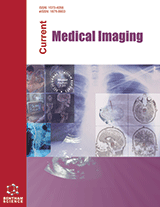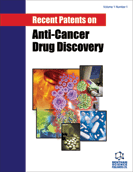
Abstract
Background: 223Ra was the first therapeutic alpha-emitting radionuclide registered for clinical practice. This radionuclide is targeting actively bone-forming cells, and it is approved for treating metastatic skeletal disease in prostate cancer. 18F-PET is used to detect skeletal metastatic disease based on osteoblastic activity. The aim of this study was to analyze, if 18F-PET can be used assessing the results of 223Ra therapy, and to report final median overall survival in a total of 773 therapy cycles.
Methods: A 161 men with castration-resistant prostate cancer were included in a single institution study (Protocol#: PA14-0848) and they received a total of 773 223Ra therapy cycles.
Results: The median overall survival (95% CI) was 12.4 (9.1, 16.1) months in patient population.
Interim Na18F-PET imaging was applied in 14 patients at baseline, after 3 cycles and after 6 cycles. TLF10 (skeletal disease burden at SUV-values >10 on Na18F -PET) were calculated in all these PET studies, and there was no significant association between change in TLF10 after 3 cycles and TLF10 after 6 cycles (p=0.20).
Conclusion: From these results, we conclude that interim imaging does not help in assessing the final outcome of 223Ra therapy. The survival benefit of 223Ra therapy alone is more than a year in a high-risk group of advanced prostate cancer.
Keywords: Radium-223, sodium fluoride-18, skeletal metastases, prostate cancer, castration resistant, radionuclide therapy, alpha emitter, response evaluation.
 61
61 2
2























